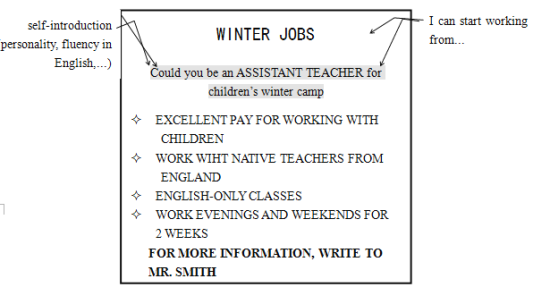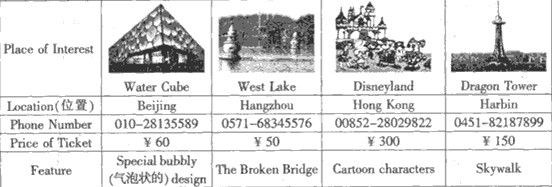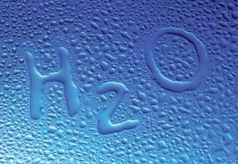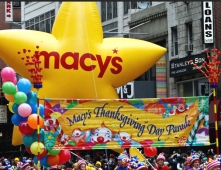��Ŀ����
����Ŀ�����ĸĴ�
�ٶ�Ӣ�������ʦҪ��ͬ��֮�佻�������ģ���������ͬ��д���������ġ����й���10�����Դ���, ÿ���������������ÿ�δ�����漰һ�����ʵ����ӡ�ɾ�����ġ�
���ӣ���ȱ�ʴ���һ��©�ַ���(![]() )������������д���üӵĴʡ�
)������������д���üӵĴʡ�
ɾ�����Ѷ���Ĵ���б��(��)������
�ģ��ڴ��Ĵ��»�һ���ߣ����ڸô�����д���ĺ�Ĵʡ�
ע�⣺1. ÿ���������ľ�����һ��;
2. ֻ������10��, ���ߣ��ӵ�11���𣩲��Ʒ֡�
There are many advantage of smiling. It can not only make us happy, but also please others. If we smile to life, life will smile to us on return. So I want to smile at all whenever and wherever possibly.
First, I would like to smile to my parents because you have given me life and taken the trouble to bringing me up. They arrange almost everything for me. I love my parents, with their help I have made a great progress. I will like to say ��Thank you�� to them with a smile. Then my smile should go to myself, but for only in this way can I gain more confidence in smiling my difficulties away and lived a better life.
���𰸡�
��1��advantage��Ϊadvantages
��2��on turn��Ϊin
��3��possibly��Ϊpossible
��4��you��Ϊthey
��5��bringing��Ϊbring
��6��their��Ϊwhose
��7��ɾ��a
��8��will��Ϊwould
��9��ɾ��but
��10��lived��Ϊlive
��������
�����������������˵�����Ķ�����Ҫ������������Ц�ľ����á�
��1��advantage��Ϊadvantages �������ʵ�����������advantage�ŵ㣬�ô�������һ���������ʣ�ǰ����many���Σ�˵��Ӧ��ʹ�ø�����ʽ��
��2��on turn��Ϊin �����ʶ������in return��Ϊ�ر������⣺������Ƕ�����Ц����Ϊ�ر�������Ҳ�������Ц��
��3��possibly��Ϊpossible �������ݴʡ�������һ��ʡ�Ծ䣬��wherever����ʡ����it is�����Ա�����ʹ��possible��is����ϵ���ṹ�����⣺���ۺ�ʱ�εأ�ֻҪ���ܣ��������������Ц��
��4��you��Ϊthey ������ʡ������ж���theyָ��my parents�����⣺���ȣ�����Ը�ĸЦ����Ϊ���Ǹ�����������
��5��bringing��Ϊbring ���鶯��ԭ�Ρ����ʶ���take the trouble to do sth����������ij�£���ĸ�������������������͵ظ����ҳ���
��6��their��Ϊwhose ���鶨��Ӿ䡣���ⶨ��Ӿ�����д���my parents������Ӿ���ʹ�ù�ϵ����whose��������������help��whose helpһ����Ϊ���with�ı��
��7��ɾ��a ���鲻���ڴʡ������е����ʡ�progress��������һ�����������ʣ�������a���Σ��ôʶ��ʶ���make progressȡ�ý�����
��8��will��Ϊwould ����̶��ṹ������would like to do sth��Ҫ��ij�¡����⣺����Ц�Ŷ�����˵��лл���ǡ�
��9��ɾ��but �������ʡ�������ʹ������for������ԭ��״��Ӿ䣬��˵�������á����Ա�ת�۵�����but�Ƕ���ġ����⣺������Ҫ���Լ�Ц����Ϊֻ�������Ҳſ��Եõ���������š�
��10��lived��Ϊlive ����ν�ﶯ�ʡ������ж���live a better life��gain more confidence֮���Dz��й�ϵ����ʹ�ö���ԭ�κ���̬����canһ��ν�ﲿ�֡�

 �Ķ��쳵ϵ�д�
�Ķ��쳵ϵ�д�



